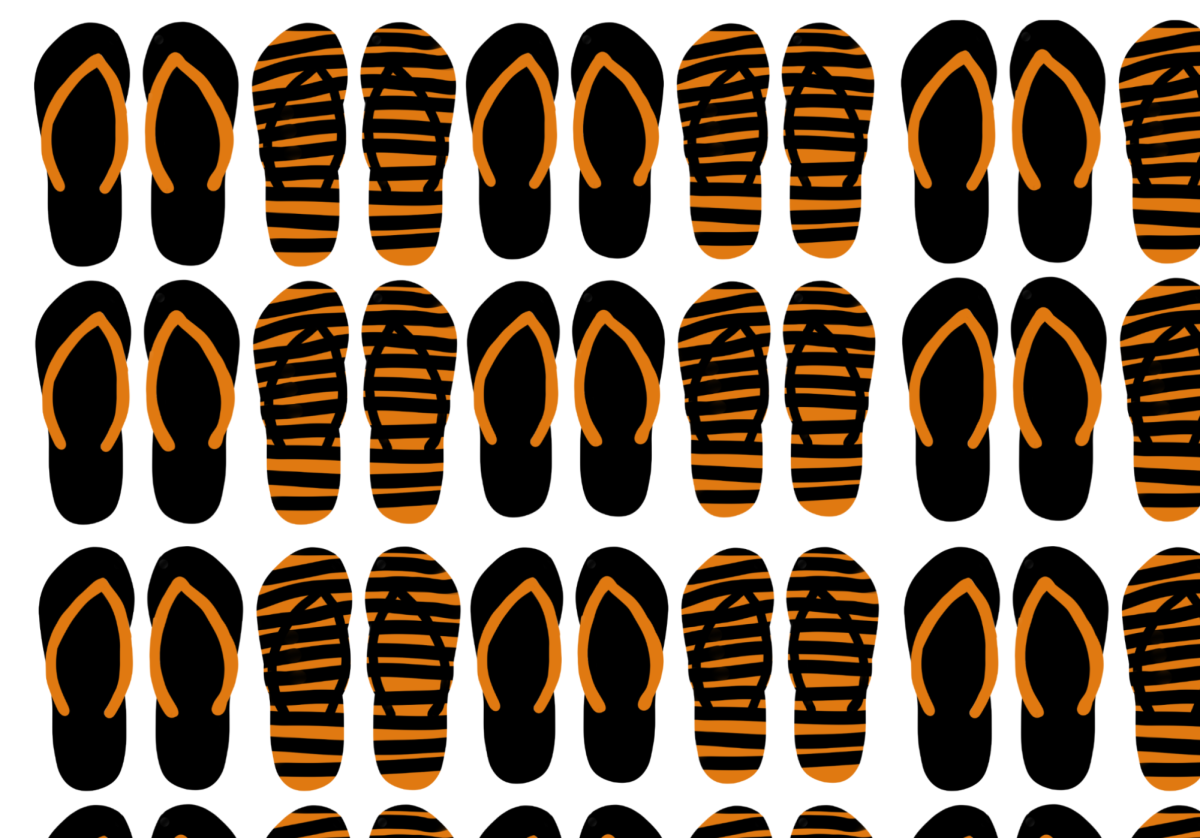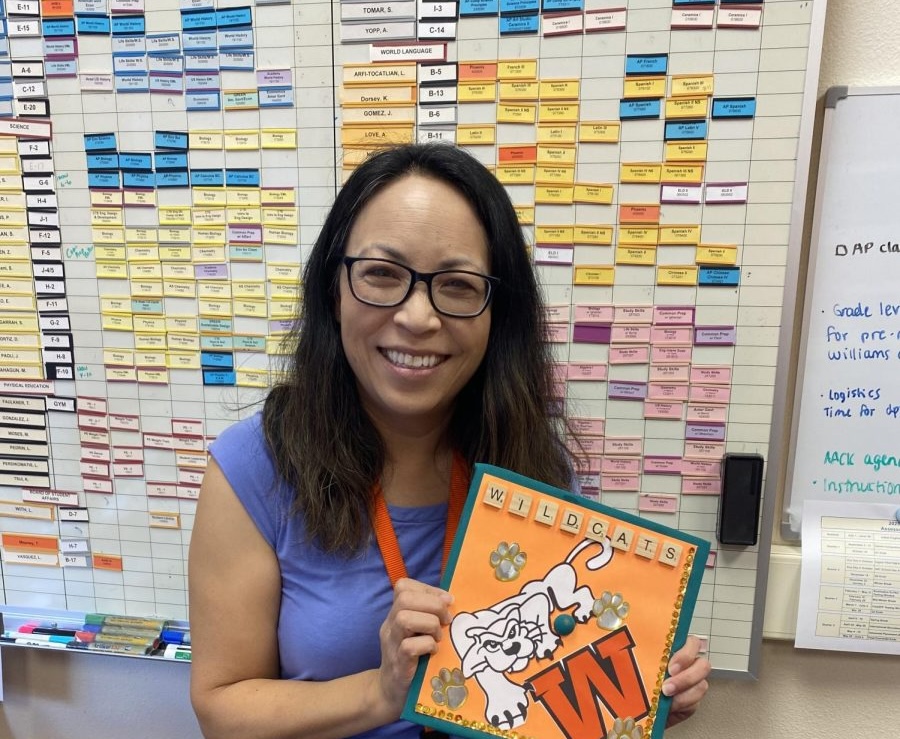Consisting of two students, nine certificated staff members, two classified staff members, three parents, one administrator and one community member, the Shared Decision Making Council (SDMC) represents the community of Woodside and judges what is best for it.
According to the SDMC Charter, the SDMC strives to provide all those involved with Woodside with a say and a chance to affect the environment, especially in teaching and learning. SDMC also aims to have its members make decisions, embrace one another’s responsibilities and demonstrate accountability, collectively having respect for diverse groups involved and seeking continuous improvement and acceptance of new ideas. The SDMC is a part of the Shared Decision Making Body which contains other task forces. In addition to the 18 voting members, there are up to two non-voting members who serve the role of facilitator.
“I’ve learned the importance of decision making [and making] sure you discuss it with other people,” senior student SDMC member Emma Funge said. “[This is] so you know you get all the perspectives within your final decision.”
Funge is the president of the Board of Student Affairs (BOSA), which is how she secured her position on SDMC. While students are elected through BOSA, the other members of the SDMC are elected in a different manner. The SDMC Charter states that the principal is a permanent member of the council, the certificated and classified staff are appointed and voted by their respective groups, parents are elected through their own groups, and community members are elected by the principal or selected by confirmed parent groups. Meanwhile, facilitators are nominated by the principal and chosen by the SDMC. Each term is a year, and elections are in May.
“My main motivation [to join the SDMC] was so that the science department would have representation on the Shared Decision Making Council,” physics/calculus teacher and SDMC member Stephanie Finander said. “[It] means that not only could I express the interests of the science department when people talked about stuff, but also I would know what was going on at SDMC. If they had questions, they could ask me.”
The SDMC Charter says that SDMC members, such as Funge and Finander, evaluate the Issue/Concerns Forms. This Issue/Concern Form is submitted by any person involved with a stakeholder community for concerns and issues related to teaching and learning. A decision that Finander wants to see through is a period change.
“There’s one little thing that I think would make a big difference and is something the SDMC could do,” Finander said. “I think that when it’s a one through seven day, the periods should go one, three, five, seven, lunch, two, four, six.”
Members also aim to approve or reject task force recommendations, action plans, membership rosters, written requests for change and Process Group recommended issues/concerns from placement. Members also design and approve the annual assessment of the SDMC process. Finally, they serve as organizers and assistants of interactions between their stakeholder group and the SDMC. Students have a say through Funge in decision making.
“My perspective was more important in student activities, such as The Big Read,” Funge said. “[In activities such as the Big Read] we could get my student opinion into something that would impact all students.”
Some main intentions of the SDMC is that it addresses school concerns, organizes the primary issues for school-wide improvement and encourages the execution of the approved plans. This is in addition to supervising the task forces and enforcing and writing the school’s mission and goals. One of these concerns was homework over break.
“Several years ago, I was part of the group that proposed the no homework over breaks policy, and I think that that policy has stood true for all the years since then,” Instructional Vice Principal and facilitator for SDMC Cara Klackle said. “It really helps students and staff in their stress levels over breaks. Students should be able to focus on anything that they choose to do during that time versus having to focus on coursework.”
Despite being a non-voting member, Klackle is still a valuable asset in the SDMC. The SDMC Charter states that as a facilitator she is responsible for SDMC files, writing, printing and distributing minutes for fair and punctual elections. She also must maintain neutrality, ground rules, a trusting atmosphere and productivity. Members meet usually twice a month for two hours; additional meetings are scheduled if needed.
“There is a formal process if there is a disagreement on how to resolve it [an issue that the SDMC must address],” Klackle said. “I don’t know that I’ve ever been part of the council when that happened, but I think it has to do with waiting a period of time to reach a consensus.”
The SDMC Charter asserts that a consensus is attempted, but if one is not reached, a vote is taken. An abstaining vote counts, as well as written and signed proxies that are delivered to a facilitator. Eighty percent of the votes cast will carry a motion.
“I think the great thing about SDMC is that all of the different stakeholders are represented,” Finander said. “It’s not just teachers and administrators. It’s also certificated staff, like secretaries. There’s students, there’s parents and there’s a community member. Everybody gets to vote on stuff.”






